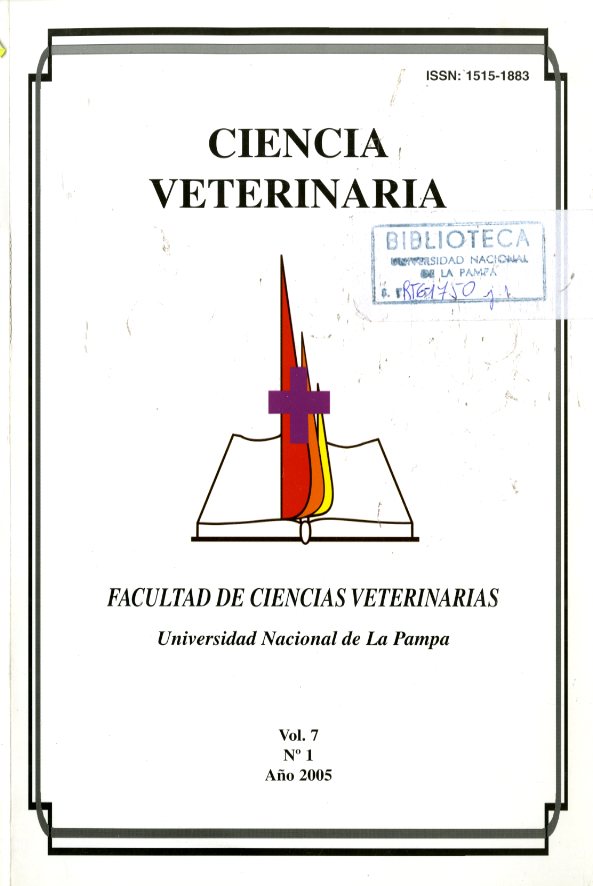Participación del glutamato en la adaptación osmótica de Pseudomonas aeruginosas
Keywords:
Osmoadaptation, Pseudomonas aeruginosa, OsmoprotectantAbstract
In this work is intended to evaluate the action of the glutamate as exogenous osmoprotectant in Pseudomonas aeruginosa grown under osmotic stress conditions. The addition of exogenous glutamate, starting from a concentration 0,1mM, confers osmotic tolerance when this bacterium grows in presence of NaCl, with glucose and ammonium as carbon and nitrogen sources, respectively. The effect shows for the decrease significatively the lag period of growth, without variations in the time of generation. Contrary to the observed behavior with glutamate, the addition the choline like external osmoprotectant, it diminishes both parameters of growth. If glutamate and choline are simultaneously present in growth medium can be observed a synergist effect, P.aeruginosa incorporates both compounds with decrease of the lag period growth and the time of generation. It demonstrates that these osmoprotectants is not excluded mutually. In P. aeruginosa the glutamate uptake responds to a hyper-osmotic upshock, being dependent of the energetic state of the cell and of the synthesis of new proteins. The study of intracellular metabolites obtained after incubating the cells under conditions hyperosmotic in presence of glutamate, it showed that, once incorporate, this metabolite doesn't accumulate as itself. The analysis of the intracellular contained for HPLC and 13C-NMR reveals the presence of N-Acetylglutaminylglutamine amide (NAGGA) and it confirms that the exogenous glutamate acts as precursor of this dipeptide. The identification for 13C-NMR of the accumulated compatible solutes in stressed cells of P. aeruginosa grows until logarithmic phase under hiperosmotic conditions with the addition of 1 mM glutamate; it showed the presence of glutamate, NAGGA and trehalose. According to these results is possible to attribute the glutamate a double function: to act as a chemical mediator and as a genuine osmolite.Downloads
Downloads
Published
How to Cite
Issue
Section
License
Al momento de enviar sus contribuciones, los colaboradores deberán declarar , de manera fehaciente, que poseen el permiso del archivo o repositorio donde se obtuvieron los documentos que se anexan al trabajo, cualquiera sea su formato (manuscritos inéditos, imágenes, archivos audiovisuales, etc.), permiso que los autoriza a publicarlos y reproducirlos, liberando a la revista y sus editores de toda responsabilidad o reclamo de terceros , los autores deben adherir a la licencia Creative Commons denominada “Atribución - No Comercial CC BY-NC-SA”, mediante la cual el autor permite copiar, reproducir, distribuir, comunicar públicamente la obra y generar obras derivadas, siempre y cuando se cite y reconozca al autor original. No se permite, sin embargo, utilizar la obra con fines comerciales.




.jpg)

4.png)


7.png)



